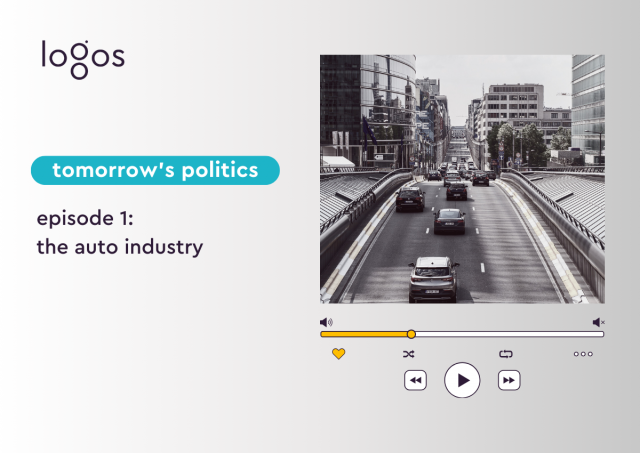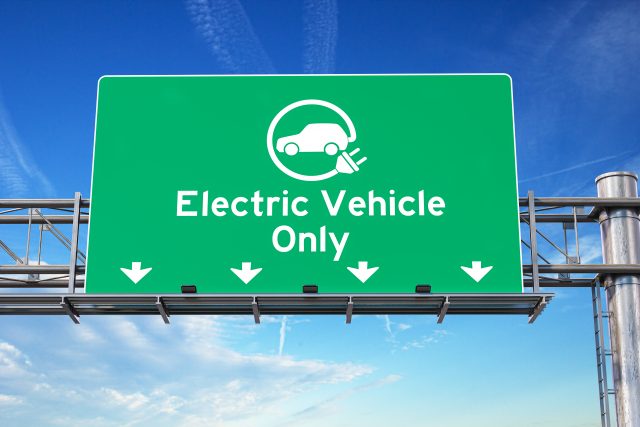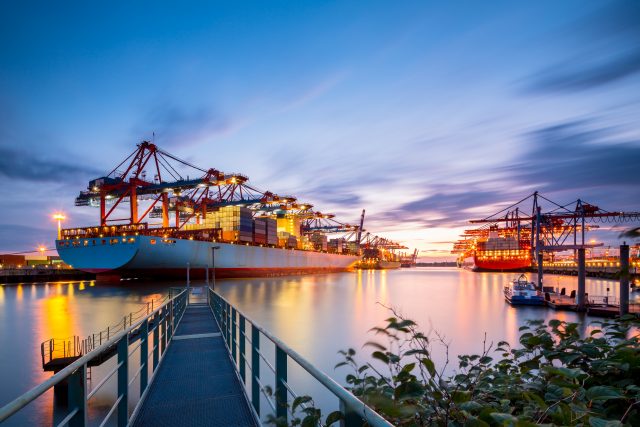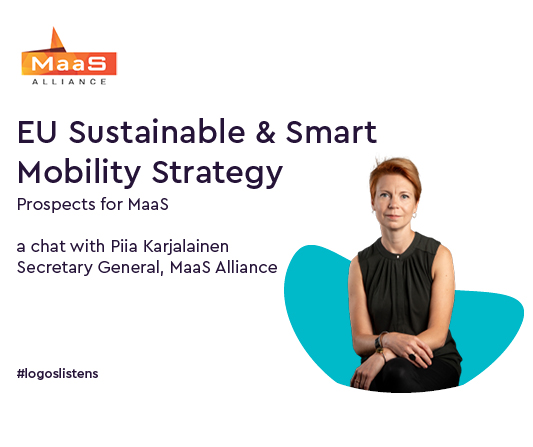
transport & mobility
EU sustainable & smart mobility strategy – next steps for Bridgestone EMIA
In December 2020, the European Commission presented its Sustainable and Smart Mobility Strategy. It lays the foundation for an EU transport sector that is fit for a clean, digital and modern economy. Concerning road transport, the tyre industry is an important stakeholder that can contribute to emission reduction.
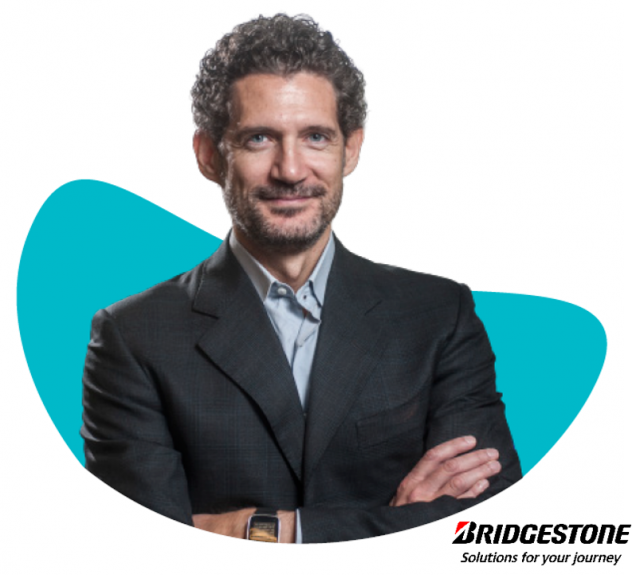
We asked Alessandro Cascini, Head of Public Affairs at Bridgestone EMIA, about their lessons learnt from the pandemic, opportunities in the digital age and how Bridgestone assess the Commission’s strategy.
Bearing in mind growing climate concerns and COVID-19, how would you assess 2020 for the tyre industry and road transport at large? What are the lessons learnt? What is the possible way forward?
Alessandro Cascini (AC): Road transport was fundamental in securing the mass delivery of sanitary equipment during the COVID period. There was also an increase in online purchasing and home delivery, which led to a boom in certain tyre categories.
So, overall in 2020, there were definitively fewer kilometres covered because of social isolation and lockdowns. Once restrictions were lifted, however, there were also more vehicles on the road to help implement the required social distancing.
As such, it’s been a pretty mixed year. The tyre industry has not been immune to sector volatility, but it has had the resilience to recover in part when confinement rules and laws were lifted or at least softened.
Road transport was fundamental in securing the mass delivery of sanitary equipment during the COVID period.
Digitalisation, automation and connectivity are reshaping the transport sector- what are the most promising opportunities in the digital age for your industry? Any areas for improvement?
AC: Bridgestone was the first and one of the biggest investors in digitalisation, automation and connectivity, looking to make the most of opportunities created in the digital age. Through the acquisition of the world’s largest fleet management company (TomTom Telematics in 2019, subsequently rebranded as WebFleet Solutions) Bridgestone has become the global leader in this industry, with the two businesses becoming ever more integrated for a win-win strategy.
Today, we can say that our company is steadily proceeding in its repositioning as a sustainable mobility solutions provider. Bridgestone is no longer just about tyres but also tyres as a service (TaaS), prognostic services fleet management and other telematic services.
The opportunities for players like us are many and diverse. And we are just at the beginning of a new decade that will lead us to a profound change in road transport, from ambitious decarbonisation goals, through to electrification and other alternative fuels. It’s a change that will also see an increased number of connected and autonomous vehicles on the road.
If you asked me to highlight an area of improvement, I would certainly say there’s a need for more interaction among sectors by introducing cross-fertilisation. This can bring more innovation, solutions and responses to social needs. This could include the IT and telecoms sectors, infrastructure planners, vehicle producers, logistics companies and smart cities managers.
[…] we are just at the beginning of a new decade that will lead us to a profound change in road transport, from ambitious decarbonisation goals, through to electrification and other alternative fuels.
How do you evaluate the initiatives present in the strategy? Are they in line with what the tyre industry needs to progress on the path towards lower emissions? Is there anything more you would have liked to see?
AC: We are viewing the initiatives mentioned in the strategy with a great interest for a number of reasons. It’s the first time the strategy associates the environmental and digital policies as intertwined aspects in helping to sustain radical change in mobility.
The opportunities that service providers like Bridgestone are eager to exploit reside mainly in the potential of data sharing and cooperation with a larger mobility ecosystem. These are aspects that will accelerate innovation and creativity, and allow companies like ours to provide user-centric solutions. By user, we not only mean the vehicle driver but general road users and society at large.
On the sustainability aspects of transport, and especially on the fuel and energy consumption of vehicles, tyres are an important influencer. For certain vehicles and applications, tyre contribution to the sustainability of transport is indisputable. Europe still lags behind the US market in the uptake of retreading technology, where the full tyre is not scrapped when the tread is worn-out, but the tread is replaced instead. A perfect example of the circular economy! Our commercial tyres are ready for this. Moreover, fuel consumption can be as high as 30%. Any policies and incentives for the market uptake of the best performing tyres, not only on energy consumption but also on safety performance, are important investments for the environment and mobility safety. We may need to convince regulators to support these elements in future strategies.
For certain vehicles and applications, tyre contribution to the sustainability of transport is indisputable.
Given the COVID-19 context (no face-to-face meetings, etc.) how will you adapt your engagement strategy with policy-makers to make your voice heard?
AC: The changes have been so quick and radical over the past nine months that we have struggled to keep up with the traditional pace of interaction with policymakers. On the one hand, it’s true that engagement with institutions has been disrupted, but a few new opportunities have emerged.
Now that people are limited in movements and meetings, online interactions are the new norm. Before you may have planned one meeting a day considering the distances and agenda constraints, now you are just one click away from your next contact. The work done through new forums also makes a difference, like industry-led webinars, the CCAM platform, EP Intergroup events, or stakeholder hearings on specific issues, representing an out of the box way to interact with the regulator and providing a valuable way to express industry views.

